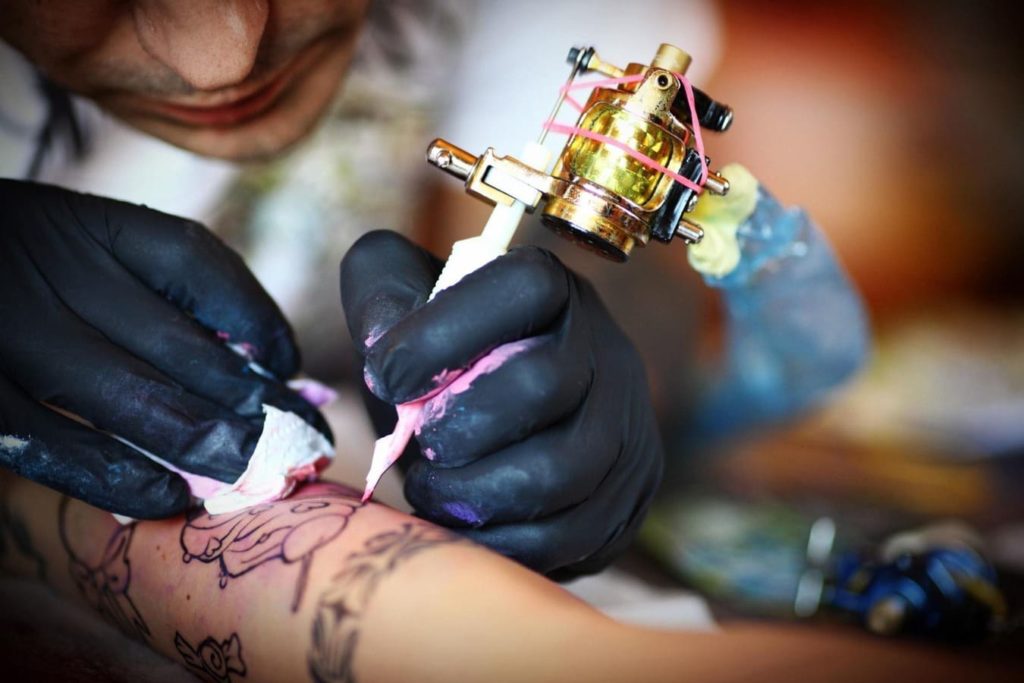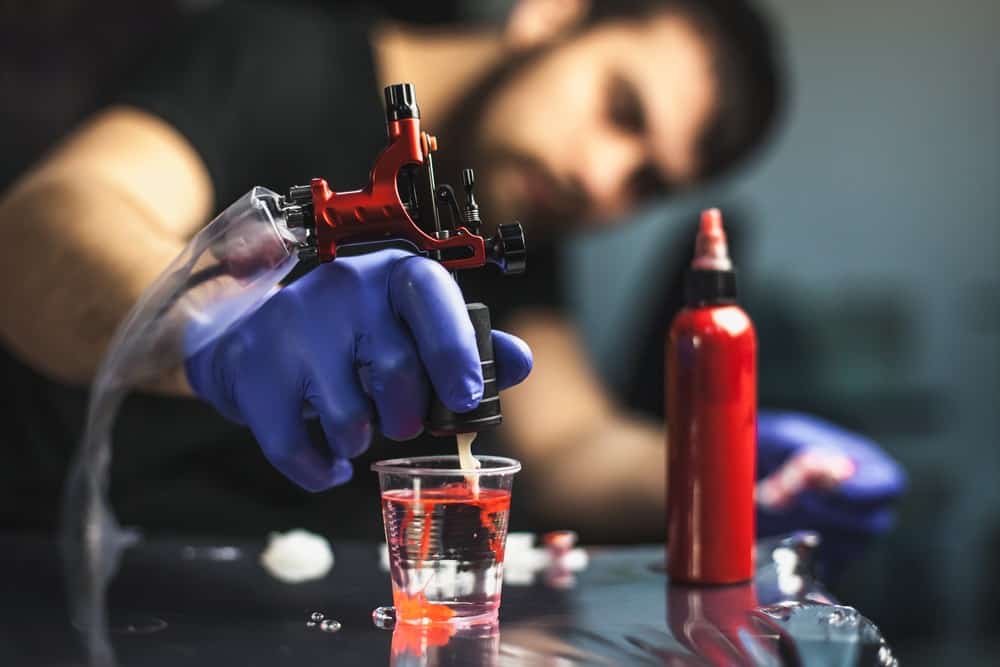Some people love coming up with new designs to ink onto their bodies and are always searching for the next opportunity to indulge in a new tattoo. For others, the act of getting a tattoo is a once-in-a-lifetime experience.
Regardless of how many tattoos you do have or you would like to get, it is important to know more about the process. Our guide will tell you more about tattoo inks and supplies, what it is made of, and why it is safe.
What Does Ink Consist Of?
Not all tattoo inks are created the same. When planning for a new tattoo, it is essential to work with a professional tattoo artist who invests in high-quality ink that is both safe and effective. Tattoo ink is a solution that typically consists of two main components:
Carrier
When selecting a tattoo design, most individuals are focused on the color of the ink. However, the carrier plays a strong role that is equally important to the success of the overall design. The carrier component of the tattoo ink solution allows the color to be transported to the tattoo’s actual location. Carriers may contain a variety of ingredients, such as water, alcohol, or witch hazel. Most tattoo artists prefer alcohol-based carriers because these types are not only effective but also the safest. This is because the alcohol prevents bacteria from growing in the ink solution.
Colorant
The colorant is the most apparent component of the tattoo ink solution because it gives the ink its color. Most tattoo ink solutions use pigments rather than dyes to achieve the desired hue. This is because pigments can provide concrete shades, and they do not rely on a chemical reaction to develop the correct color. Pigments are more reliable, and they stay in place within the design better than dyes would.
It is important to be aware that every tattoo ink color is created with different ingredients. Previously, most tattoo ink solutions were made with mineral-based pigments. However, many people had adverse reactions to these and would develop an allergy to their body’s permanent tattoo. The vast majority of colorants created for tattoo ink solutions are now carbon-based. Most of the best tattoo ink manufacturers prefer to rely on organic ingredients to make pigments.
There may be other additive ingredients in your tattoo ink in addition to having both a colorant and a carrier. These additives can include preservatives or binding agents that are designed to provide vibrant, long-lasting results. It would be best to talk with your tattoo artist about the ink they use, so they can give you as much information as they can on the brand. If for some reason they do not have the information you’re looking for they can contact the manufacturer directly.
How Does Tattoo Ink Work?
Tattoo ink can permanently embed itself in the skin when it is properly injected with a needle. It takes more than just luck and skill to design a beautiful tattoo, be it an angel wings tattoo or anything else, that will last for years to come. Tattoo artists need to understand the science behind creating a tattoo, too.
Ink Placement
The tattoo artist has to inject the ink solution into the right layer of the skin to achieve permanent results. Ink needs to reach the skin’s dermis layer, which is the thickest layer between the epidermis and hypodermis. The ink needs to get to the dermis because it does not shed itself as quickly as the epidermis. Every person has a fresh epidermis layer every three to four weeks, and if the ink does not penetrate past the epidermis, the tattoo will fade away within a matter of weeks.
Immune Response
It may be a surprise to find out that your body’s immune system is responsible for the permanency of your tattoo. When the ink arrives in the dermis layer, the immune system immediately assumes that the body is under attack. As part of the immune response, macrophages are sent to the area where the tattoo is being applied.
Under normal circumstances, the macrophages attack and destroy the invading particles. However, the ink solution particles are too large for the macrophages, and therefore, they cannot be eliminated by the body. This is what allows for a permanent tattoo to stay in place on the skin.
Is Tattoo Ink Safe?
In general, tattoo ink is considered safe, especially if you are getting a tattoo at a reputable parlor with qualified and skilled tattoo artists who use quality tattoo gun kits. However, there are some risks involved with having tattoo ink injected into your skin. Here are a few that you may need to consider before you get your next tattoo:
- Allergies. Depending on the ingredients included in the tattoo ink solution, you may be at risk for an allergic reaction. If you have any known allergies, you should work closely with your tattoo artist to ensure that the ink solution they use is safe for you.
- Ink Spread. In rare cases, the ink may spread from the skin into the lymphatic system. This could cause an adverse reaction, or it could damage the overall look of your tattoo.
- Sun Damage. Sun damage to the skin can occur in the area where your tattoo is located. Some people experience redness or inflammation when their tattoo is exposed to direct sunlight.
There are some threats associated with getting a tattoo, but those risks are significantly reduced when you work with a tattoo artist who invests in high-quality ink made with the safest ingredients. In addition to minimized risks, you will also find that the best tattoo ink will allow you to receive a precise, defined tattoo that will last for years.
Knowing what your tattoo ink is made out of and being confident that it is a safe choice will help finalize your decision and provide the motivation you need to get a tattoo. It is important to work with a qualified artist who keeps safety as a top priority. Not only do you need to love the look of your tattoo, but you also need to feel assured that it was a safe, healthy choice for your body.

